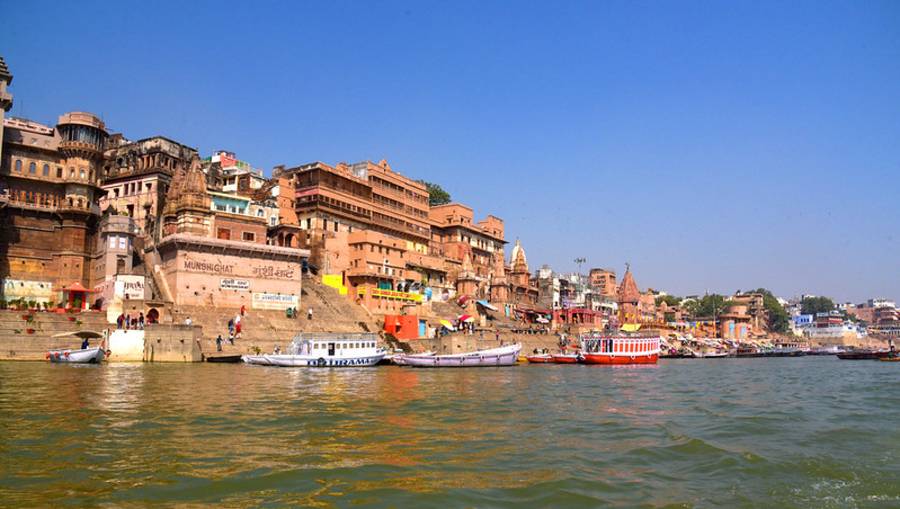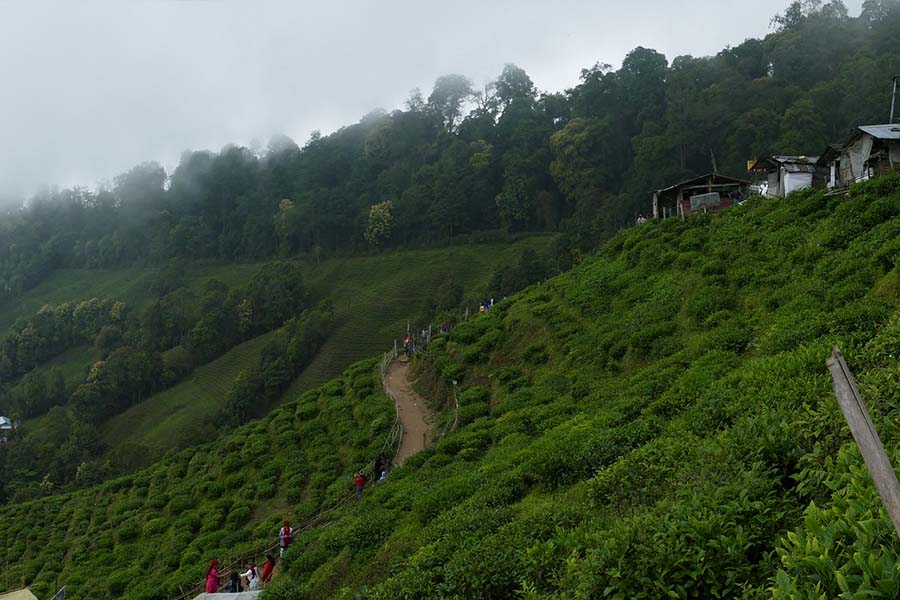Ayodhya Temple
The Ayodhya Temple refers to the proposed construction of a Hindu temple at the site of the Babri Masjid in Ayodhya, a city in the northern Indian state of Uttar Pradesh. The Babri Masjid was a mosque that was built by Mughal Emperor Babur in the 16th century, and it became the center of a decades-long dispute between Hindus and Muslims in India.
In 1992, a group of Hindu activists demolished the Babri Masjid, sparking communal violence across India. Since then, there have been various legal battles over the ownership of the land, with both Hindus and Muslims claiming the right to the site.
In 2019, the Indian Supreme Court ruled in favor of the Hindu claimants and granted them permission to construct a temple at the site. The court also ordered the government to provide an alternative plot of land to the Muslim community to build a mosque.
The construction of the Ayodhya Temple is considered a significant event in India’s history, as it marks the resolution of a long-standing dispute that had caused communal tensions for decades. However, the decision has also been controversial, with some Muslims feeling that the court’s ruling was unjust and that it failed to consider the historical and cultural significance of the Babri Masjid.
Distance: 6km from Faizabad, 135km from Lucknow, 190km from Varanasi
Population: 41,000
Ayodhya – Lord Rama’s Janam Bhumi (Birth Place)
Though a thinly-populated town now, Ayodhya ranked amongst the six most essential Indian cities within the 6th century B.C. Sacred towards the Hindus simply because it was Rama’s birthplace, it continues to hog the limelight for the same cause. It caught world-wide interest in 1992, once the Babri Masjid (it was, as claimed by some persons, created around the exact same spot exactly where Rama was born) was demolished. The demolition was followed by large-scale communal violence in most elements in the country. The spot is now a high-security zone.
Ayodhya at Uttar Pradesh Amongst the locations of interest within the town are some Hindu temples and bathing ghats (actions foremost down to your river). Lakshman Ghat and Swarga Dwara (Rama Ghat) are necessary ghats. In addition to these, you’ll find some kunds (wells) which serve as bathing spots.
Historical Perspective of Ayodhya India
Also recognized as Saketa in ancient occasions, Ayodhya is seriously centuries outdated. It was the capital of your kingdom of Kosala, of which Rama (the seventh incarnation of Vishnu, the Hindu Preserver in the Universe), the hero on the Ramayana, was the most necessary king. His story types the kernel of your Ramayana (for more details see historical scriptures).
Kosala was one of the sixteen fantastic Janpadas (fantastic nations) that ruled the region from your Kabul valley towards the banks in the Godavari on the eve of the rise of Buddhism inside the 6th-century b.c. Prasenajit was the ruler of the kingdom at that time. Later the Kosala kingdom was swallowed up by the effective kingdom of Magadha which corresponds to the districts of Patna and Gaya in southern Bihar.
Places of Interest Ayodhya
Ram Janmabhoomi Temple Travel in Ayodhya

Ramjanambhumi is the location exactly where Rama is believed to get been born. The Mughal Emperor Babur had designed a mosque on this spot. The mosque was razed to the floor in 1992.
Temples of Ayodhya

About 100 temples exist in Ayodhya of which Hanuman Gadhi is really well-known. It really is devoted to Hanuman, the monkey-god. Treta Ka Mandir is one more vital temple where Rama is believed to get performed a yajna (sacrifice). Kshireswara Nath Temple is a quite aged temple and is meant to get been built by Kaushalya, mother of Rama. She is mentioned to possess built this temple for her daughter-in-law, Sita (consort of Rama). Other temples you could visit consist of Kanak Bhavan and Kala Rama Temple which home the idols of Rama and Sita.
Ghats

Ayodhya is situated on the banks of the Gogra (Ghaghara or Saryu) River. You can find a lot of holy ghats along its banks. Bathing in these ghats, it is believed, absolves people today of their sins. Ram Ghat that is also known as Swarga Dwara is the most famous one amongst these. Lakshman Ghat is one more vital bathing ghat that can be deemed to become sacred, as Lakshman, Rama’s brother, is stated to have bathed at this ghat.
Aside from these ghats, there are some wells (kund) that serve as bathing places. The most well-known one is Vasistha Kund.



